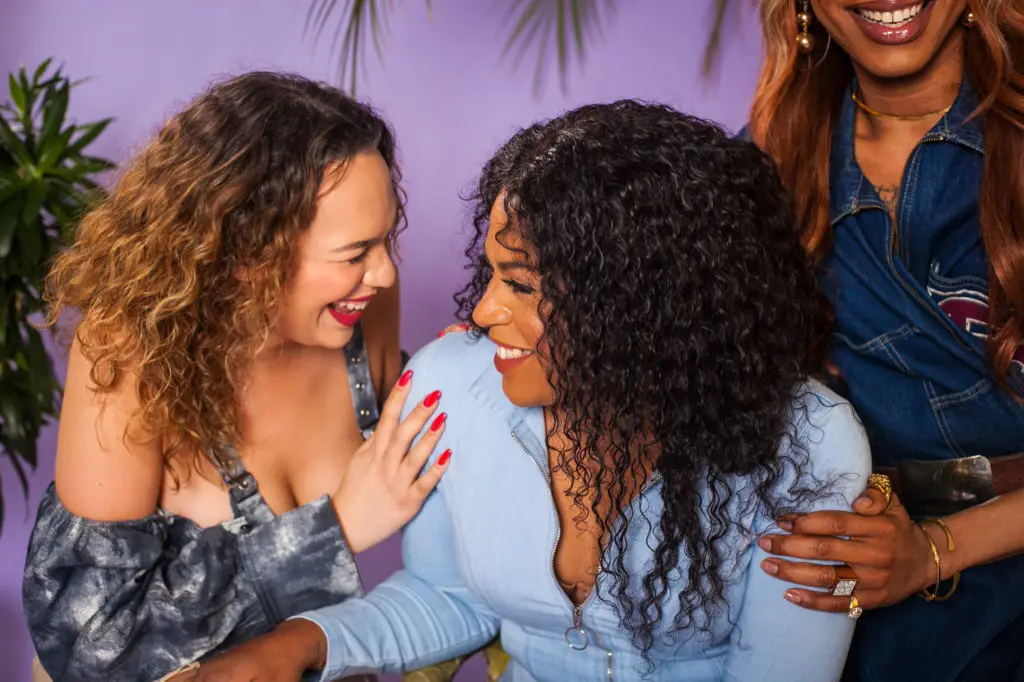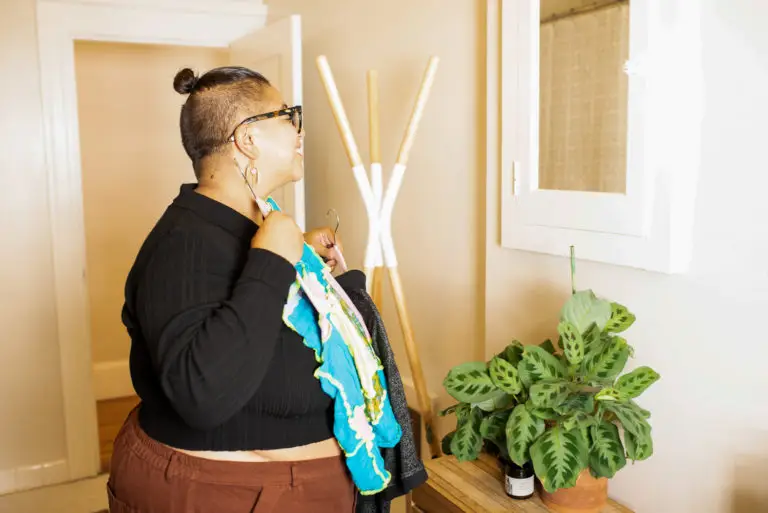- “Doll” is a term rooted in trans and queer culture, often used affectionately among trans women and transfeminine people.
- It originated in Black and Latine ballroom and drag scenes as a nod to beauty, confidence, and belonging.
- Not everyone loves or identifies with the term. For some, it’s empowering. For others, it feels limiting or tied to stereotypes.
- “Protect the Dolls” has since become a broader cultural message about valuing and safeguarding trans women. It’s both a rallying cry and a love note, reminding people that trans lives are worth protecting.
Join thousands of trans folks getting gender-affirming care with Plume Clinic.
Where the Word “Doll” Comes From
Before doll started showing up in memes, tweets, and TikToks, it had a much deeper life within trans and queer communities. The word traces back to Black and Latine ballroom and drag culture of the 1980s – the same scene that gave us “shade,” “realness,” and “voguing.”
In those spaces, calling someone a doll was a compliment. It meant you looked stunning, that your presentation was on point, that your feminine energy was radiating. But it also meant more than appearance — it was about confidence and self-creation. You made yourself, styled yourself, became yourself.
Over time, doll spread beyond the ballroom. It started showing up in drag culture, trans friend groups, and online spaces as a term of sisterhood and shared understanding. It wasn’t just a name, it was a kind of wink: I see you. You’re one of us.
How “Doll” Is Used Today
If you’ve spent time in trans or queer spaces (online or in real life), you’ve probably seen the word pop up all over: “Hey dolls,” “That doll looks amazing,” or the now-ubiquitous “Protect the Dolls.”
The tone shifts depending on who’s saying it. Between trans femmes, can be playful, carrying warmth and recognition.
But not everyone loves the term. Some people feel that doll leans too hard into aesthetics or femininity, reinforcing beauty standards that not every transfeminine person relates to. Others point out that a doll is technically an object, beautiful but not alive, and that comparison can feel unsettling for some. There’s also the occasional gatekeeping that creeps in (“you’re not really a doll unless you present a certain way”), which misses the entire spirit of the word.
Still, for many, it remains a word of pride and play, one that celebrates the creativity and self-actualization at the heart of trans life.
The Rise of “Protect the Dolls”
The phrase “Protect the Dolls” gained traction after designer Conner Ives incorporated it into his 2025 fashion collection, framing it as both a slogan and a statement of solidarity. But it quickly took on a life of its own via the internet and social media.
For many trans women, especially Black trans women, “Protect the Dolls” became more than a tagline: it became a rallying cry. It’s a reminder that while trans femmes are often celebrated for their beauty and style, they also face disproportionate violence, discrimination, and barriers to care. Saying protect the dolls isn’t just about admiration, it’s about survival.
The phrase works because it holds both tenderness and urgency. It’s about celebrating trans femmes and demanding a world where they’re safe enough to keep shining.
Language in queer and trans culture is never static. Words like doll shift and carry different meanings depending on who’s using them. Sometimes it’s affectionate. Sometimes it’s ironic.
When we talk about dolls, or about protecting them, we’re really talking about community. About how trans people find ways to name themselves, to affirm each other, and to build care and action into culture.
So, who are the dolls? They’re trans women and transfeminine people living, thriving, creating, and redefining beauty on their own terms. They’re proof that language, when it’s made with love, can build worlds and a sense of true belonging.



